Telltale: Netflix Application Monitoring Simplified
The Netflix TechBlog
AUGUST 13, 2020
Over the years we’ve learned from on-call engineers about the pain points of application monitoring: too many alerts, too many dashboards to scroll through, and too much configuration and maintenance. Our streaming teams need a monitoring system that enables them to quickly diagnose and remediate problems; seconds count!

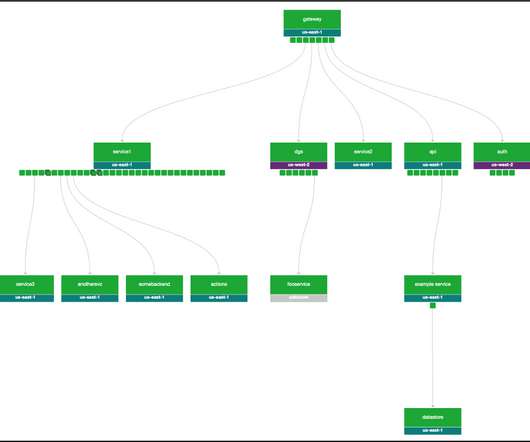

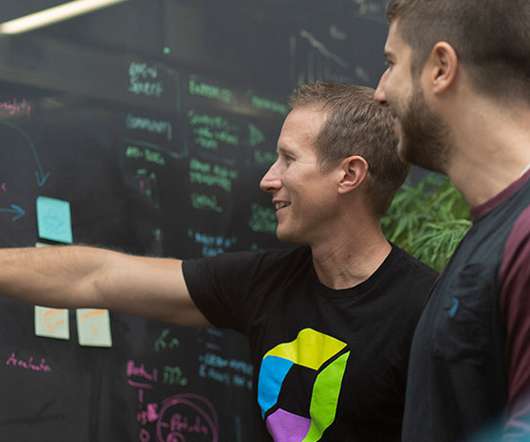
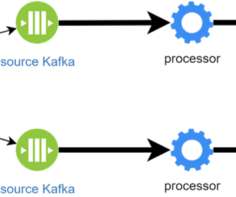

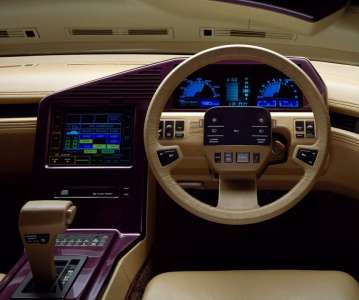
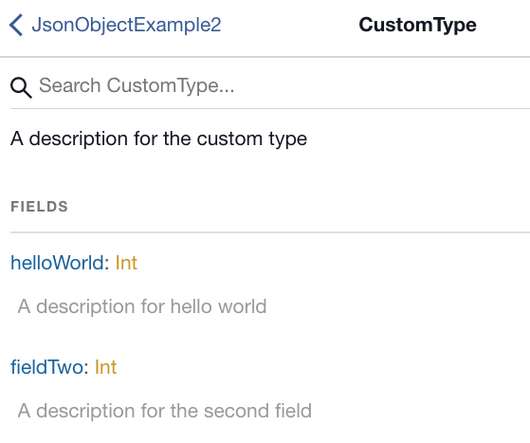

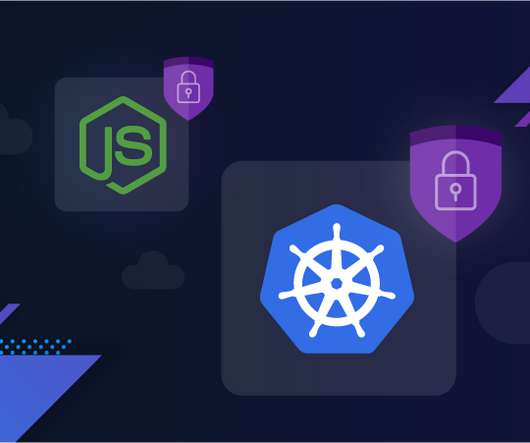
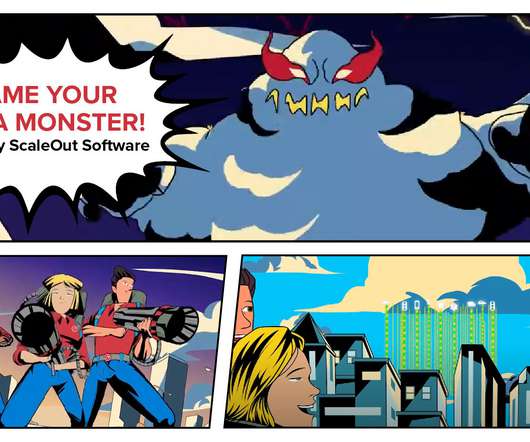
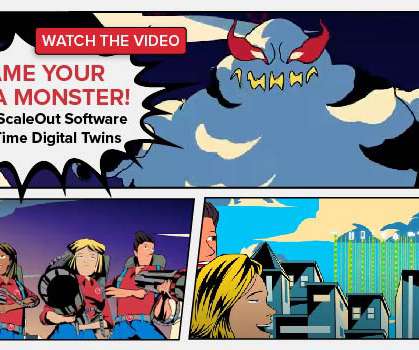
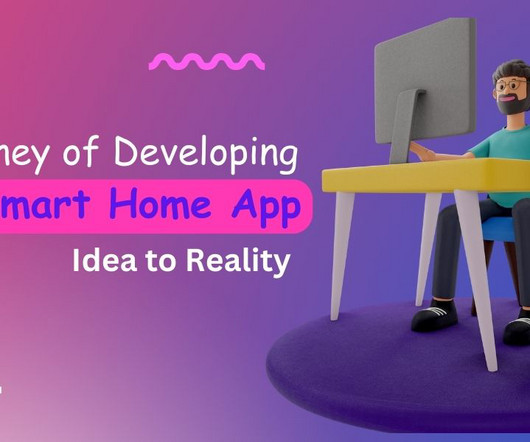
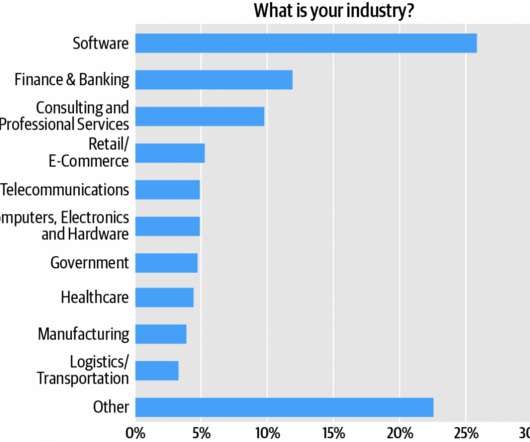









Let's personalize your content